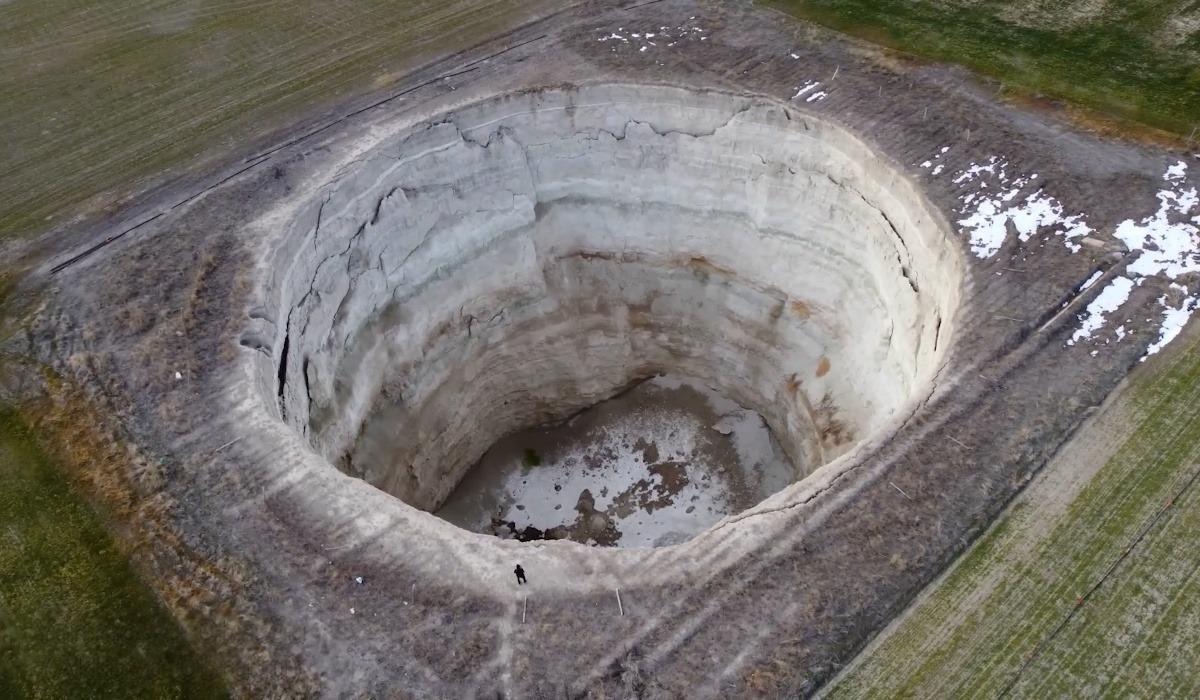Если бы вы когда-нибудь посещали маркетинговые курсы по продажам или программу обучения в бизнес-школе КРОК, вы бы наткнулись на изображение в форме воронки. Верхняя часть воронки будет самой широкой, и по мере продвижения вниз она сужается. В маркетинговых терминах это изображение называется воронкой продаж. Она формирует ядро любой маркетинговой стратегии продаж.
Что такое воронка продаж?
Воронка продаж или маркетинговая воронка, как ее иногда называют, – это процесс перехода клиента от «подозрительного» (незнакомого) до «покупательского» (конверсионного) этапа. Давайте рассмотрим пошаговый пример, предполагая, что вы продаете компьютеры в городе Москва.
Шаг 1. Все люди, являются вашими «подозреваемыми». Некоторые из этих подозреваемых могут использовать компьютеры, а некоторые нет. Поскольку вы не знаете, кто из этих подозреваемых, скорее всего, купит компьютеры, вы отправляете им какое-либо сообщение через электронную почту, социальные сети, брошюры, листовки и т. д., чтобы повысить осведомленность о своих продуктах.
Шаг 2. Подозреваемые, которые выражают какую-то заинтересованность, становятся вашими «перспективами». Они могут или не могут покупать компьютеры у вас.
Шаг 3. Когда потенциальные покупатели проявляют положительный и определенный интерес с желанием купить, они становятся вашими «лидерами».
Шаг 4. Когда покупатели совершают покупку, они становятся вашими «клиентами».
Важность воронки продаж
1. Определение перспективных клиентов.
Вы не можете блуждать в темноте. Есть только часть людей, которые могут быть вашей целевой аудиторией. Но вы должны сообщить им о вашем продукте и привлечь их внимание. Воронка продаж может помочь отделить потенциальных клиентов от других людей и гарантировать, что вы тратите свой маркетинговый бюджет на нужную целевую аудиторию.
2. Привлечение клиентов.
Воронка продаж может эффективно способствовать формированию потенциальных клиентов. Вы определили, что из всех потенциальных клиентов лишь немногие проявляют интерес к вашему продукту. Благодаря этому вы сможете направить свои усилия в нужном направлении.
3. Прогноз объема продаж.
На каждом этапе воронки продаж вы получаете представление о проценте потенциальных клиентов. Таким образом, вы можете прогнозировать объем продаж и выручку, а также изменять свою маркетинговую стратегию, если цифры не соответствуют вашим ожиданиям.
4. Эффективная координация между отделами продаж и маркетинга.
Обычно маркетологи и отделы продаж плохо взаимодействуют друг с другом. Они обвиняют друг друга в неудачах и хотят отдать должное успехам. Но суть в том, что они должны работать в тандеме. С помощью воронки продаж маркетологи могут понять, какие клиенты конвертируются в воронку продаж, чтобы они могли изменять кампании. Отделы продаж могут сообщить маркетологам, какие кампании и контент помогают продвигать потенциальных клиентов вниз по воронке.


 3312
3312












